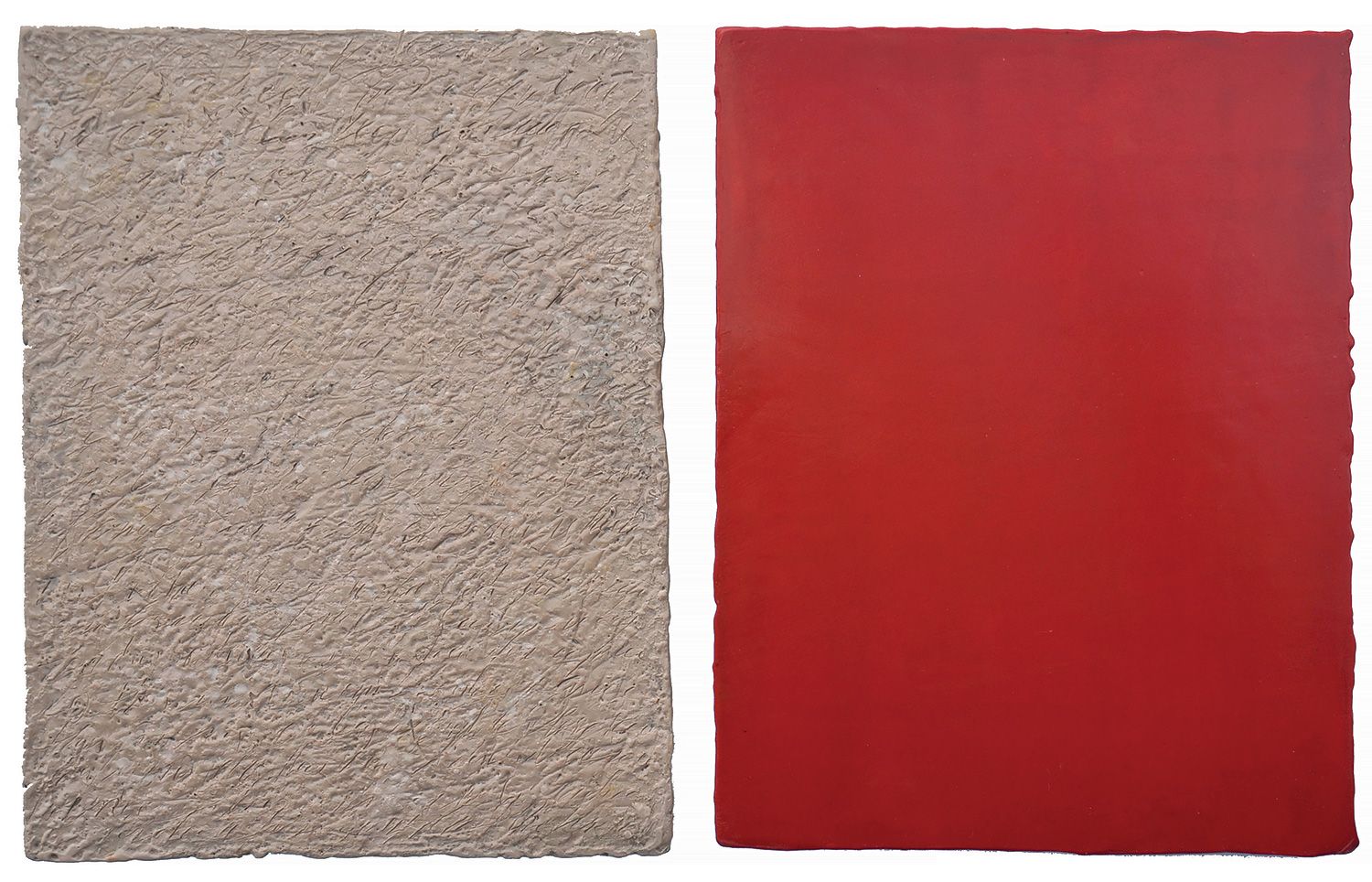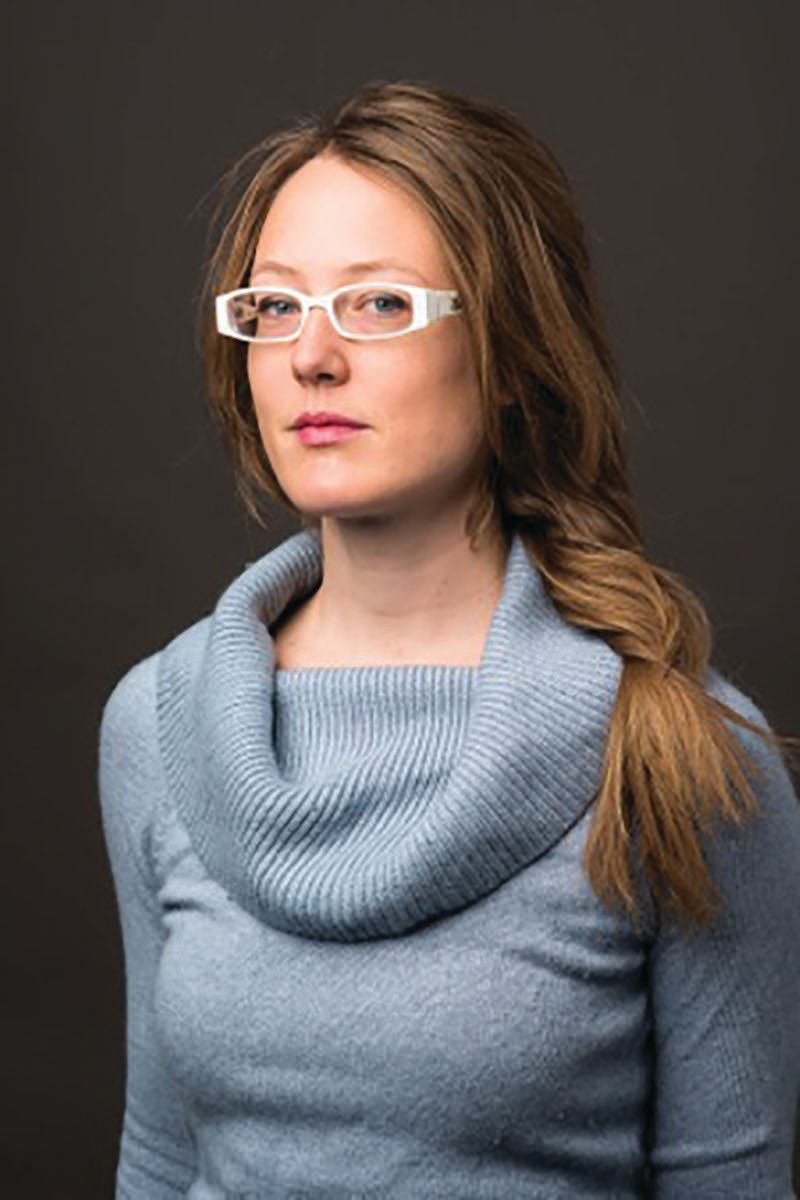Since its beginning in 2008, The Curator has sought to celebrate cultural artifacts and inspire its readers to engage deeply with–and ultimately create–culture which enriches life and broadens experience. In keeping with our belief that a multitude of voices are necessary for conversations about art and humanity to flourish, The Curator and Christians in the Visual Arts are excited to announce a publishing partnership.
Founded in 1979, CIVA’s longstanding vision is to help artists, collectors, critics, professors, historians, pastors and arts professionals explore the profound relationship between art and faith. From this beginning, CIVA’s broad range of conferences, exhibits, programs, and publications exist to help the art and faith movement flourish both in the Church and in culture.
Emerging from an institutional friendship and resonant missions, both organizations present a unique voice and shared commitment to the conversation between faith and the arts. Among other initiatives, the partnership will include sharing essays from CIVA’s SEEN Journal, conference talks, and other network-serving original content created specifically for The Curator.
This article is part of the publishing partnership between The Curator and Christians in the Visual Arts. It originally appeared in SEEN Journal.
Harrell Fletcher founded and continues to direct the art and social practice emphasis in the M.F.A. program at Portland State University.
Leah Samuelson oversees the community art program at Wheaton College. We posed three questions to them regarding the future of socially engaged art.
CIVA: What are the inhospitable conditions of academia and the artworld that help artists decide to turn to social practice as some kind of solution? As an option or cluster of options among many, many more in the artworld, why are some artists—you two in particular—drawn to socially engaged art?
HARRELL FLETCHER: The academic part is a bit inexplicable to me. Why it’s happening now I don’t really understand, but there seems to be an interest in community engagement. Social media plays some sort of role, and the realization that the art market only works for a small number of people adds to it. But honestly, I am not totally sure.
Personally, I am drawn to socially engaged art because it allows me to learn about and connect with people and subjects and places that are outside of my little life. I’m very familiar with spending time by myself and I have plenty of that (and love it), but I want to use my work to do something that I don’t do in my normal life. Also, I found showing my own “art work” to be sort of embarrassing. It’s much easier to promote and ask people to appreciate someone else and their interests than it is for me to do that for myself, though of course I see the work I do as my “art work.” But this is a little more comfortably distanced than studio style weird object work.
LEAH SAMUELSON: At a recent School of the Art Institute of Chicago dialogue event, hosting critic and historian Claire Bishop and curator Claire Doherty, an astute audience member posed a question about whose values system guides interpretation and analysis when community art projects center around persons outside the artworld (e.g., young, single mothers?). Bishop replied on behalf of her discipline. That got me thinking about what kinds of art and occasions make artists accountable to the people about whom their art makes claims.
I wonder if socially engaged art brings opportunity for hospitable treatment of the world because art that engages society directly—or through prophetic advocacy—makes artists accountable. Maybe we like accountability. Recently one morning while on the train, a colleague asked me why people stifle their creativity. That got me thinking about how busy members of my “professional” culture back away from responsibility (e.g., for our use of human labor, waste, and other labors of nature). When we depart from our physical life mediums do we forego connection to our conceptual media such as story, values, and art (art as the common element of what is material and what is meaning)? Maybe hospitality, accountability, and creativity come bundled together, and academia and the artworld can put the squeeze on any one of these.

CIVA: In conversation with Michael Rakowitz for the Between Artists publication, Harrell identified two kinds of failures with students: “successful failures” and “real failures.” When is excellence the wrong idea or goal for students? How much is teaching really about sharing the ability to trust others?
HF: Good questions. I don’t even recall saying that, but I like the idea anyway. Excellence is subjective, as are so many things in life and art, so really it’s about recalibrating our sense of excellence. Failure doesn’t really have to be a failure, but apathy is a real problem and so is a lack of risk-taking. Some things are hard to get wrong. For instance, getting students to talk to people outside of their own sphere, learning to be a learner, engaging with the world, and realizing your agency are all good things.
For me, teaching is a lot about trusting others. Collaboration is hard for artists. We have been trained to really value originality, signature styles, newness, and “mastery.” But all of that sometimes gets in the way of just being human, and seeing the beauty of working together.
LS: Okay, it’s becoming clear to me that everything I learn comes from what people say, because last year I heard filmmaker Earnest M. Whitman III ask why people trust the voice of an expert (even foreign expert) above the voice of experience. The tragically funny thing was no one in the room could even digest the question, but we picked the message apart with critical questions from our own disciplines that would have earned us smarty points in most other academic settings. I agree with Harrell that the power to define excellence is clasped in the fists of experts but life is better lived with standards set by a wide range of experiences, which means by a wide range of people.
While students feel as though they are not going to the head of the class in any particular skill set, it may seem to them that the definition of success is too narrow for them to achieve it. If we want students to trust us and trust each other, we might have to start by demonstrating our commitment to a broader range of definitions for excellence.
CIVA: How would each of you envision art “getting through” to people from a broader audience, especially folks outside the art-critical discourse? Is this something you’re dedicated to? If so, what are the best instances of this in your experience?
HF: It’s really not that hard: if you make work that is with and about people who are not normally included in the art world dialogue, then they may take an interest and become invested. But doing that really well can be surprisingly tricky. Mostly, I think it is about unlearning what we have been conditioned into by society, education, capitalism, etc. Think about how easy it is for a baby or young child to create a connection with someone from any demographic, sometimes just with a smile and by showing interest. Adults can learn a lot from this. We need to just chill out, find simple ways to relate, and then the shared complexity can happen.
LS: More than other types of projects, social practices highlight (alternating) roles for collaborators as guests and hosts of projects, processes, and materials. Well-acted guest and host roles are not intellectually difficult, but are hard for our wills, and these alternating roles connect us to each other. So if the power of hosting can roughly be described as choice, and the power of guesting can roughly be described as judgment, then artists can play guest more often than we do in order to “get through” to a broader audience. I like Harrell’s advice to just chill out. I can’t describe any best instances of this, because you have to have been there; but we do need more education in this area at liberal arts colleges and art schools.
CIVA: Thank you for both for your thoughtful responses to these questions. We’re glad to have a few moments of collaboration and shared complexity here.






